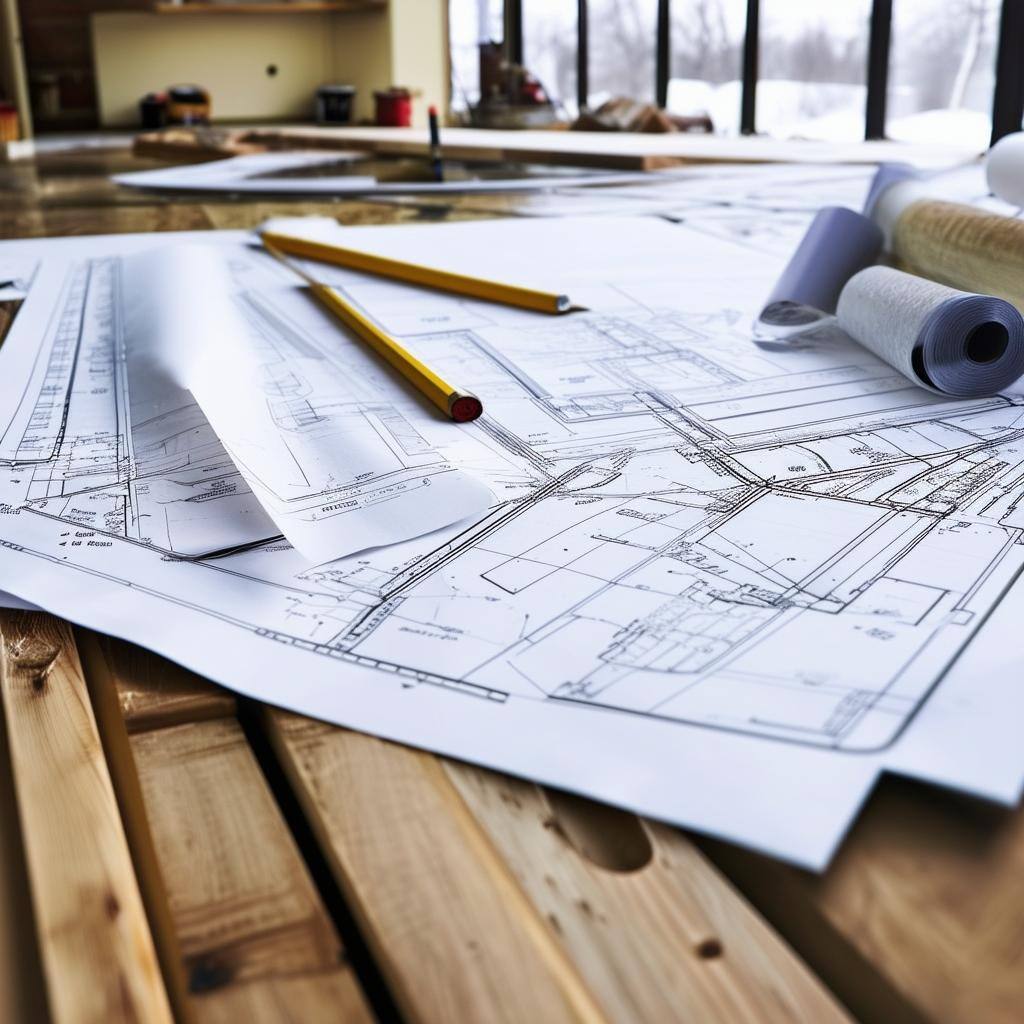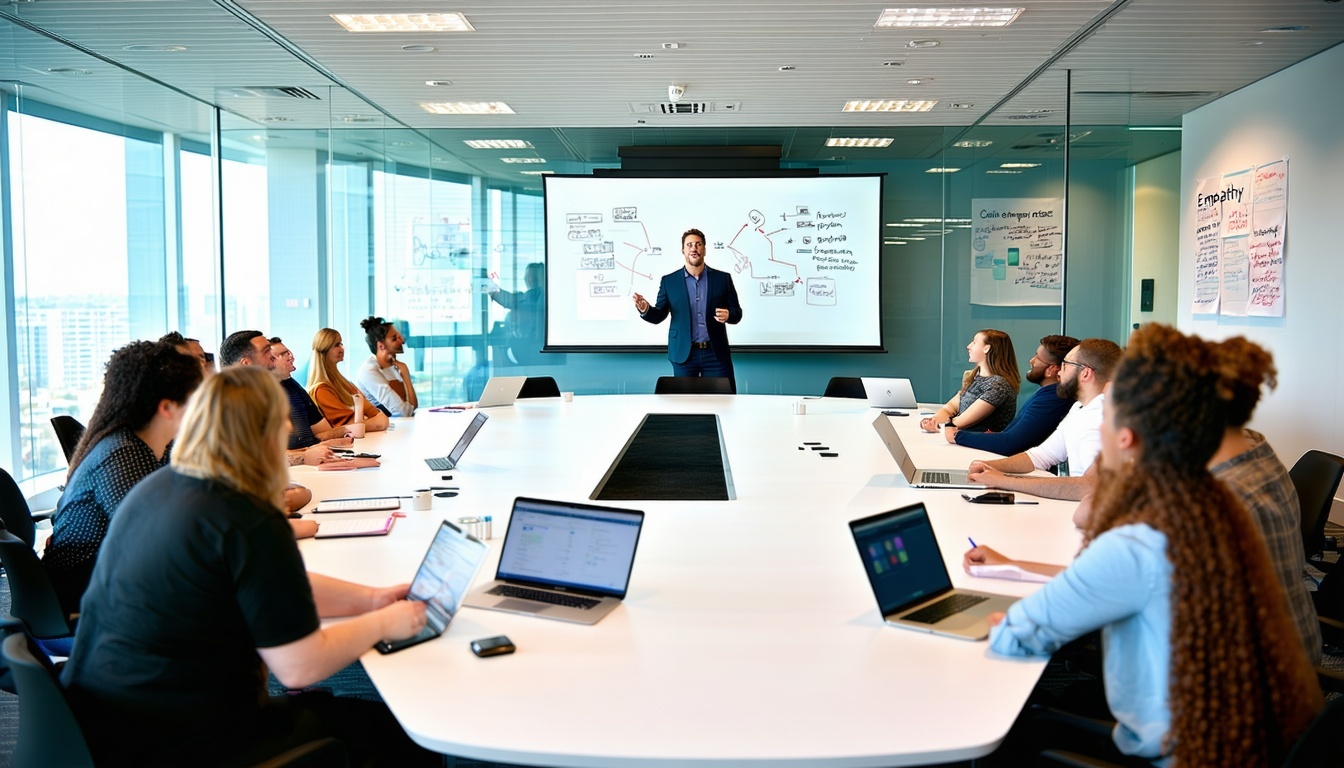Client Communication for Project Success
Building a Strong Foundation: The Importance of Initial Client Meetings
The cornerstone of any successful project is the initial client meeting. This gathering sets the stage for a productive relationship and ensures that both parties are aligned in their expectations and visions. During these early discussions, establishing clear communication channels and building rapport with the client are crucial. It's essential to actively listen and ask open-ended questions to draw out the client's objectives, challenges, and priorities. This approach not only demonstrates your commitment to understanding their needs but also helps in uncovering any underlying concerns that may affect the project's trajectory.
A successful initial meeting goes beyond just exchanging pleasantries and collecting information. It involves setting a collaborative tone where both you and the client feel comfortable sharing ideas and feedback. By fostering an open dialogue, you create a partnership atmosphere, encouraging clients to communicate their thoughts and concerns freely throughout the project's lifecycle. This proactive engagement helps prevent misunderstandings and ensures that the project is moving in the right direction from the start.
Navigating Budget Discussions with Confidence and Clarity
Discussing budgets can often be a delicate topic, but it's a vital part of ensuring project success. Approaching budget conversations with confidence and clarity can set the tone for transparent and honest communication. Start by framing the discussion around the client's willingness, ability, and comfort in investing in the project. This approach not only makes them feel more in control but also helps you understand their financial boundaries.
It's important to remember that budget discussions should be a two-way street. Encourage clients to share their budget expectations without fear of judgment or pressure. By doing so, you can align your project scope with their financial limits, ensuring that both parties are on the same page. If budget constraints arise, collaborate with the client to explore alternative solutions or adjustments to the project scope that still align with their goals. This not only builds trust but also showcases your commitment to delivering value within their means.
Implementing Effective Follow-Up Strategies to Ensure Progress
Once the project is underway, maintaining momentum is key to its success. Implementing effective follow-up strategies ensures that progress is tracked, and any potential issues are addressed promptly. Regular check-ins with clients, whether through scheduled meetings or brief updates, keep the lines of communication open and reinforce the partnership established in the initial meetings.
These follow-ups should be more than just status updates; they should be opportunities to gauge client satisfaction and gather feedback. By actively seeking input, you demonstrate your dedication to meeting their needs and making necessary adjustments. This continuous engagement not only helps in identifying and resolving issues early but also strengthens the client's confidence in your ability to deliver the project successfully.
Utilizing Feedback to Enhance Project Outcomes
Feedback is a powerful tool for enhancing project outcomes and ensuring client satisfaction. Encourage clients to provide feedback at various stages of the project, making them feel valued and involved in the process. By actively listening to their input and incorporating their suggestions, you create a sense of ownership and investment in the project's success.
It's important to approach feedback with an open mind and a willingness to adapt. Not all feedback will be positive, but constructive criticism can offer valuable insights into areas of improvement. Use this information to refine your processes, address any shortcomings, and continually enhance the quality of your work. By showing clients that their opinions matter and that you're committed to continuous improvement, you build stronger relationships and pave the way for future collaborations.


